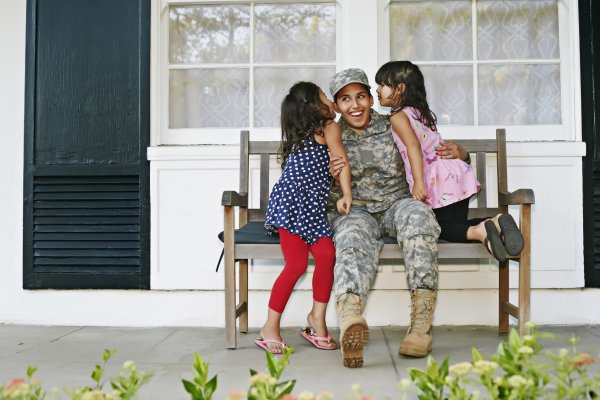As a Performance Expert (PE) working in Japan, my mission has been to enhance the performance and resilience of U.S. Army Soldiers, civilian employees, and family members by creating customized training based on needs and availability. Master Resilience Trainer-Performance Experts (MRT-PEs) work at Army Ready and Resilient (R2) Performance Centers to help soldiers understand and enhance the mental side of performance, maximize the benefits of training, and provide skills and techniques to develop strong teams.
When I arrived at Camp Zama, Japan, I sat down with several leaders in the community, including the Garrison Commander and several Brigade-level leaders. The leaders requested our help to bridge the communication and cultural gap between the U.S. forces and local and national employees. My experience provided me with a unique perspective I’d like to share on the strategies, struggles, and successes I used to foster mutual understanding and collaboration between U.S. Army personnel and Japanese local national employees. These tactics can be used in any personal or professional situation to help you communicate more effectively across diverse backgrounds and cultures.
Identify the Challenges
One of the initial hurdles I encountered was the stark contrast in communication styles between the U.S. Army Soldiers and Japanese civilians. The direct and assertive approach of American Soldiers clashed with the Japanese employees’ more reserved and harmonious communication style. These differences often led to misunderstandings, strained relationships, and hindered collaboration.
Additionally, cultural differences permeated every aspect of work, from decision-making processes to leadership styles. U.S. Soldiers were accustomed to hierarchical structures and authoritative decision making, while Japanese civilians valued consensus and a collective approach. Bridging this gap required a comprehensive understanding of both cultures and a nuanced approach to cognitive performance enhancement. Once I had identified the challenges, I was able to employ the following strategies to help me successfully communicate and collaborate across cultures.
Strategies for Success
Cultural Immersion: I immersed myself in the daily lives and traditions of both American Soldiers and Japanese civilians to develop a deep understanding of both cultures. This involved attending social gatherings, participating in cultural activities, and engaging in open conversations to grasp the intricacies of their perspectives.
Customized Training Programs: I recognized the need for tailored solutions and designed training programs that integrated cultural empathy and cross-cultural communication skills. These programs focused on enhancing emotional intelligence, active listening, and the ability to adapt communication styles to meet the expectations of diverse audiences.
Collaborative Workshops: I organized interactive workshops that brought together U.S. Army Soldiers and Japanese civilian employees to foster mutual understanding and collaboration. Participants gained valuable insights into one another’s perspectives and developed a shared sense of purpose through facilitated discussions, role-playing exercises, and team-building activities.
Mentorship and Coaching: I embedded myself in existing mentorship and coaching programs, such as a U.S. Army cooperative education (co-op) program that partners leaders with their Japan Ground Self-Defense Force (JGSDF) counterparts. I observed how JGSDF leaders learn from their U.S. counterparts and organized facilitated workshops to introduce the JGSDF co-op program participants to U.S. Army performance and resilience training.
Continuous Evaluation and Adaptation: I recognized that cultural empathy is an ongoing journey and consistently evaluated the effectiveness of our training programs and adapted them based on participant feedback. This iterative approach ensured that our services remained impactful and relevant.
Achieving Cultural Empathy
Meeting client demands for cultural empathy training required perseverance, innovation, and a commitment to delivering tangible results. As a Cognitive Performance Enhancement Specialist, it has been an enlightening experience bridging the cultural divide between U.S. Army Soldiers and Japanese civilian employees. We successfully fostered collaboration and mutual respect through understanding, empathy, and tailored training programs. We can pave the way for harmonious and effective working relationships that benefit both individuals and organizations by recognizing the importance of cultural empathy and continuously adapting our strategies.
Together, we can bridge divides and create a future of cultural understanding and cooperation. I hope this helps you do the same.
The appearance of the Department of Defense (DoD) visual information does not apply or constitute DoD endorsement.





